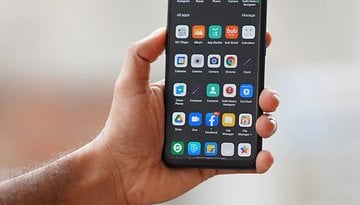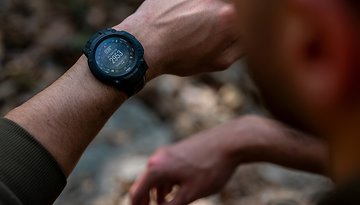2022 Expectations: For a more inclusive, sustainable and creative technology
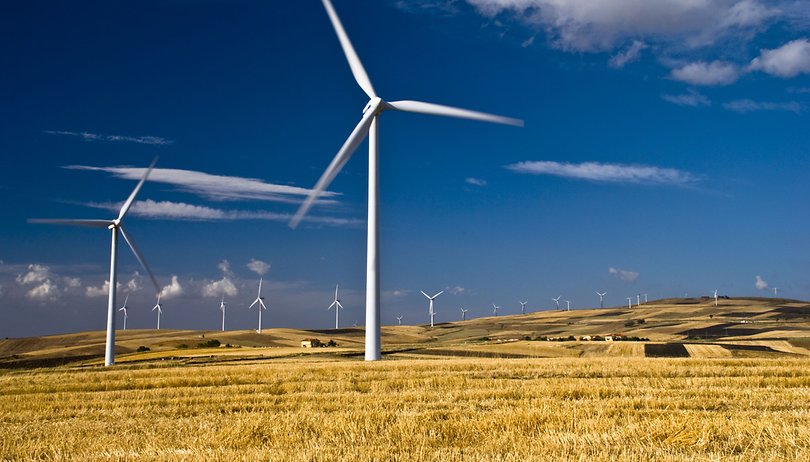

Social networks in check, chip shortages, foldable phones being successful and the fight of some companies for more privacy and environmental care say a lot about 2021. The year when once again technology failed as a solution to curb the spread of COVID-19.
However, the calendar has turned and now we have a chance for a fresh start. Today marks the beginning of a new cycle, one that comes full of expectations and hopes. And as tech experts and enthusiasts, our team has created a list of what we want to see in tech in 2022. The idea is not to predict the future, but to expose our perspectives of a more inclusive, sustainable, and creative tech market.
After talking to each of the people who are part of NextPit's multicultural editorial team, I share below what we hope to see happen in our industry in 2022.
#1. The end of the chip shortage
Let's talk about consumption! The law of supply and demand is what determines the final price of tech products, and we're experiencing that in 2021. With the shortage of hardware pieces, companies like Apple were prioritized over less relevant companies, but even so, it was forced to decrease the production of the new iPhone 13.
Consoles like Play Station 5 and Xbox Series X/S are no longer found on the market and those who were able to buy are reselling the products for a much higher price. Nvidia also saw their GPUs hitting the highest market value because of this hardware limitation in 2021. As a good gamer, the end of chip shortage was at the top of the expectations list for 2022 for my colleague Zois Bekios Zannikos.
However, it is not just access to products that is a relevant factor here, but the widening technology gap between developed and developing countries, as well as between the prevailing social classes in such societies. And this chip shortage is still a consequence of the first waves of the coronavirus pandemic.
So if my colleague Carsten Drees is to see Apple release and sell Apple Glass augmented reality glasses in 2022, it is important that the hardware parts shortage in the market comes to an end this year.
#2. New technologies democratized
Front-facing cameras under the screen of all phones; good-quality lenses on the main camera of mid-range smartphones; foldable smartphones with more affordable prices; big Android updates and security updates piercing the bubble of flagships. In short, the democratization of these new technologies is the bet of my colleagues Florian Philon, Antoine Engels, and Carsten Drees for 2022.
Last year was marked as the year in which foldable smartphones became real purchasing options. However, they are still sold at high prices and don't offer updated hardware specs very often. With the launch of the new Oppo Find N and the teasers for the Honor Magic V in late 2021, the industry seems to have finally embraced flexible screen phones.

Now expectations are on Google and the rumored foldable Pixel, as well as the next-generation Galaxy Z Flip and Z Fold lineup. And in the opinion of our junior editor Florian, Xiaomi could be the one to popularize this category of mobile phones. Do you agree?
#3. A drastic shift towards sustainability
Although we don't always address sustainability issues or criticize tech companies' greenwashing discourse, our staff meetings are often heated when the topic is sustainability. Since we deal with consumer products on a daily basis, our team is constantly confronted with issues such as the best available technology, the best value for money, planned obsolescence, and the long-term maintenance of a device.

However, as rightly raised by my colleague Benjamin Lucks, "phones can't be super-cheap and non-repairable anymore". Access to technology has to be democratized and is one of the things we want to see expanding in 2022, but we also have to be conscious about the impact of so-called fast-tech on the environment.
Our hope is that more companies will offer the right to repair their products and, of course, that there are options beyond the high-end cell phones. In the future, we will need to change focus when it comes to technology because faster, better, sexier can’t be the only definition of great tech anymore. What about starting this process right now, in 2022?
#4. Less buggy and segmented products
It is through experience that technology evolves. So one of our big expectations is in delivering consistent products with less compromised software experiences and, of course, long-term support. In 2021, we saw too many operating system update errors, which compromised not only the mobile experience but also opened critical data breaches.
Another expectation from our team is to see more conventional standardization of product naming and perhaps less rebranding of mobile phones. My colleague Rubens Eishima understands the need and importance of offering segmented and regionalized products but believes the industry is losing control, and a review of the naming policy should happen in 2022.
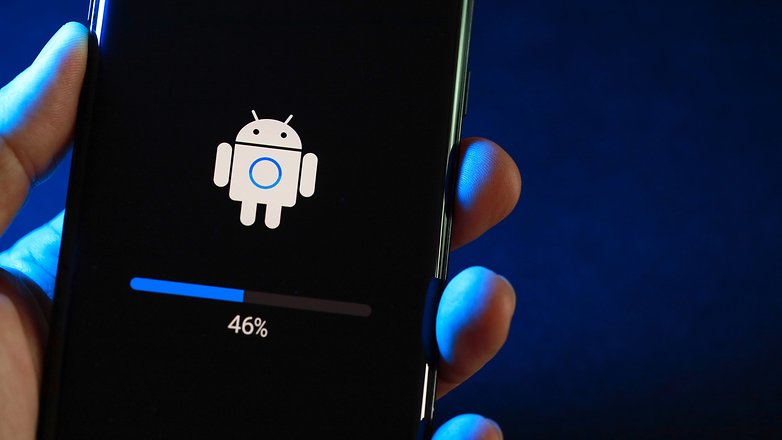
#5. The industry should keep up with deadlines
Between 2020 and 2021, we saw major events being announced and canceled. The event industry has yet to figure out how to deal with the limitations imposed by the COVID-19 pandemic and this ends up affecting new product launches.
One of my colleague Dustin Porth's big wishes is to see Gamescom happening again and for tech companies to be able to keep their deadlines again. Big tech trade shows like CES, MWC, and IFA have been struggling for three years to find a hybrid way to keep the events going, but nothing has been consolidated in this period.
In this sense, unfortunately, the year starts with another frustrated edition of CES in Las Vegas. The organization of the show bet on an in-person event but saw the number of companies cancelling their participation increase as the start of the show approached. In this sense, we're rooting for the industry to get all the launches scheduled for early 2022.
#6. Better solutions for overtaking Covid using technology
It's 2022 and SpaceX already has private space flights scheduled for January, but we still haven't reached a consensus on using existing technology in our gadgets to turn this pandemic into an endemic. In this regard, my colleague Stefan Moellenhoff hopes that we can use available technology resources as a means to overcome pandemics.
In 2020, tracking services that use solutions such as GPS and Bluetooth have come into use to identify risky interactions, but have not yet been adopted by most people. In addition, most wearables already allow the measurement of resting heart rate, skin temperature, sleep patterns and therefore could help in the early detection of disease outbreaks.
These and other solutions for using anonymized data have been around since 2017, as we show in the interview below with Withings founder and - at the time - Nokia Health CEO, Cedric Hutchings. However, perhaps the lack of information and/or the transparency in the manipulation of this data end up limiting the use of such technologies. So, our expectation is that in 2022 we can find more creative solutions to contain COVID-19 using the technology available in our gadgets.
#7. The evolution of computational photography
Last year we saw Apple launching cinematic mode for the iPhone 13 series, Google betting on computational photography for images and videos in the new Pixel 6, Xiaomi bringing Cinemagic, and Samsung opening up even more possibilities for the Galaxy S21 Ultra's camera post-launch through Samsung Labs.
And while computational photography still sounds like a buzzword, we expect 2022 to see this technology evolve. Our photography and video expert, Stefan Moellenhoff, believes the driving force will be the computing power in mobile phones, allowing us to not only merge multiple shots from one single camera but from multiple cameras.
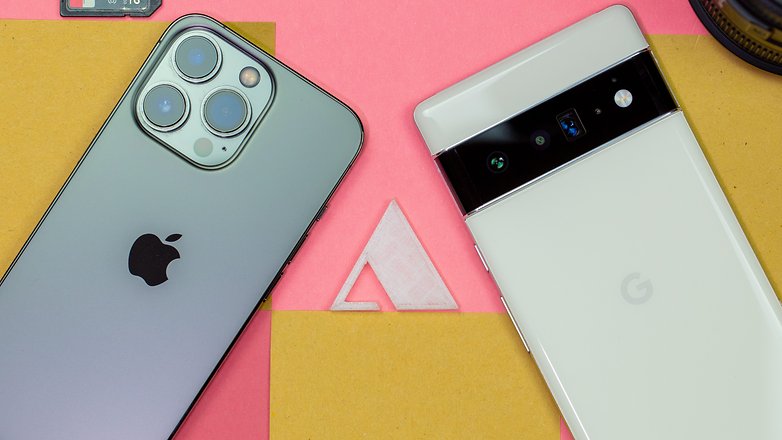
Although the camera sensors present in today's smartphones have increased in size, physics is and always will be a limiting factor in these devices. Thus, the ever-diminishing depth of field will be a problem for the computational photography algorithms that process the images.
Leaving alternatives such as focus stacking or light field cameras aside, the Nokia 9 Pureview already showed us a solution to this dilemma in early 2019 that in the end suffered immensely from unfinished algorithms and a lack of calculation power: sensor arrays.
However, after three years and continuous evolutions in the area - especially seen in the second half of 2021 - we believe that 2022 will be marked by the leap in computational photography.
#8. More awareness about Privacy
In 2021 we had a big debate about WhatsApp's new privacy policy that, if accepted, would give the messenger permission to share user data with Facebook and partner companies.
We also saw Apple make a bold choice on privacy and introduce App Tracking Transparancy feature with iOS 14.5. Since then, iOS app developers are required to ask for permission to track our activities across apps and other companies' websites.
With Android 12 Google also raised the level of transparency in the operating system by offering features like Privacy Dashboard and the Android Private Compute Core.
What these three cases have in common is that they help raise awareness about the importance and sensitivity of the data generated on the Internet. As last year was also marked by the rise of NSO Group's Pegasus spyware, my big expectation for 2022 lies in actions to generate even more debate around the topic of data privacy and security.
Conclusion
As I said at the beginning of the article, this list is not the result of futuristic analysis and does not intend to predict what 2022 has in store for us. Our intention is to generate a debate about a more democratic, sustainable, and creative technology.
Whether our ideas are tangible is still too early to tell, but I hope that by the end of this year we can return to this article and realize that we have evolved in some way. And how about you:
What are your expectations for 2022? Share your thoughts with our community in the comments below.







